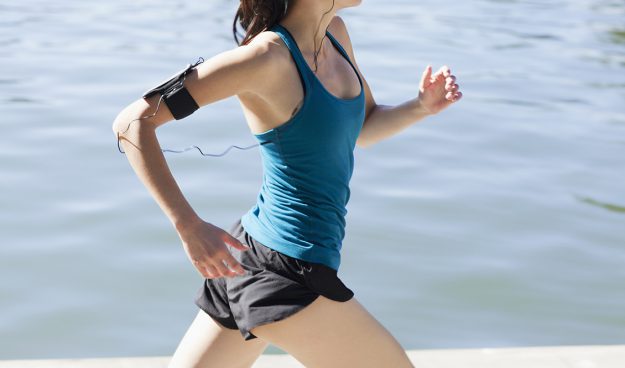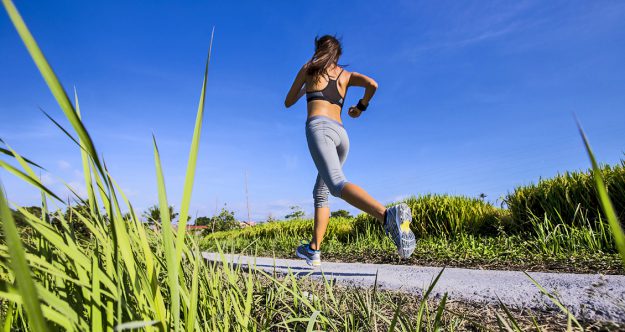Weird Science: Is running backwards better for you?
Perhaps it's time to up your fitness game in the most unorthodox way possible.

You might have heard of this exercise trick. Running backwards is certainly not a new fitness idea, though it has yet to catch on as a trend. Studies have been conducted to test the effectiveness of running backwards and, apparently, when it comes to an actual comparison, running backwards actually has plenty of benefits when stacked up against normal “forward” running.
In his book Backwards Running, Dr Robert K Stevenson believes the sport would do well to remain a regular practice for any athlete interested in building stamina, strengthening leg muscles, improving balance, and adding variety to their workout.

The benefits of running backwards
Backward runners use their muscles differently to those who engage in forward strides. Studies have found that backward runners don’t generate the same kind of pent-up energy that requires a “push forward”. Instead, to complete each backward step, the runner will have to use more leg muscles than in forward motion, and this would cause an increased energy burn of about 30 percent when travelling at the same pace as when running forward.
Compared to forward running, it is definitely more strenuous, which could mean it is more effective in building fitness. A study done in 2014 found that even among walkers, those who participated in backward walking resulted in greater improvements to their physical performance than a comparable amount of forward walking.
Studies have also shown that backward running results in less strain on the knees. Thus, some athletes sometimes engage in the practice to rehabilitate from injuries to that joint.
The downside to running backwards
However, it is obvious that there is a downside to this weird and wonderful sport! Anyone engaging in running backwards would be blind to the objects they are running “towards”. One would be more prone to tripping over objects, or stumbling into things. Your coordination will definitely suffer a bit of a blow if you decide to take up this practice. It is, therefore, important to develop the right technique and to find the proper training ground.
Angela Goh
Photos: Getty Images
Read more:
Keep Pumping: 10 Good habits to help you maintain a healthy heart
Desk Problems: 7 Ways to stay healthy when you have to sit all day
Make Yourself Sweat: 10 Exercises that burn the most calories



